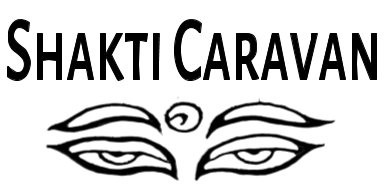Dance Dance Dance
/The rest of the guys (Marina, Ramona, and Gustavo) arrived on Monday and we have spent the past two days rushing from school to school, demonstrating Capoeira, Swing dance, and Flamenco and Canadian step dance. The students performed what they have learned from me and I swelled with pride at how good they are.
I’ve never had students like this.
At the beginning of a dance residency with the Vanaver’s we always ask the students the same question: Why do people dance?
In the U.S. hands would always fly into the air with answers like, “to exercise!”, “to make money”, “to perform”, “to compete” … after a little prompting, they usually come up with the deeper, more profound, reasons; “to learn about other cultures”, “to build community”, “to tell a story” and “to express yourselves.”
Here, I asked the question and—unlike my U.S. kids who would keep talking for hours if they had the chance—the Indian students were silent at first. Then after a few dragging seconds, one hand would go up and a student would cautiously ask, “for enjoyment?”
It happened just like this at each school.
“Why do people dance?”
“… For enjoyment?”
They are so excited to dance. And their joy is intoxicating. I watched Marina, Ramona, and Gustavo beam like I did when they met the students for the first time.
And you know what the most exciting thing about this world dance residency is for me? It will continue after we leave. We are creating a truly sustainable program that uses dance as a tool for teaching. A tool for teaching about culture, about history, a tool which teaches rhythm and leadership and peer mentoring. The students who are learning these dances will teach the younger children after we leave. The teachers are learning our dances and our teaching styles with an avid concentration.
A few of these students have never left Udaipur. Some of them never leave their school property. Some of them have lived at their school since they were abandoned by their parents on a railroad track.







